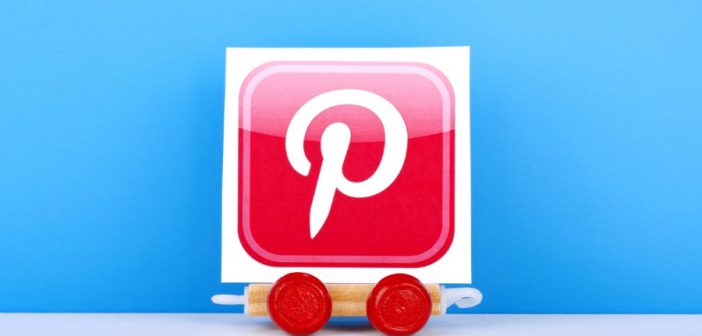Whether it is pinning a desired wedding dress or ideas for decorating a new home, Pinterest is the destination where people plan their futures. It’s also an ideal channel to reach female consumers, although the platform’s audience of men is rising rapidly, as well.
On Pinterest, users only search for what they’re specifically interested in, and this provides advertisers with a high future intent audience to target with ads. This differentiates the social channel from others, potentially making it a better place to deliver targeted messages.
‘Why Pinterest? Why now?
Pinterest has evolved a lot since its early days as an advertising platform. Two years ago, targeting was extremely limited, and the site left much to be desired. In order to accelerate adoption, making it easier to roll out beta functionality in the process, Pinterest created an application-programming interface that a limited set of social advertising tool providers, such as 4C, could connect into. This is not dissimilar to what Snapchat is doing today.
By that same token, what’s potentially more important than the API is the evolution of business relations. Pinterest is a company that values the philosophy of partnership, which goes a long way toward prioritizing what advertisers actually want. By talking with its large direct advertisers and agencies, it figured out that feature parity with Facebook should become its main focus.
So here we are, two years later, and Pinterest has a much more robust suite of targeting and tracking methods, making it a viable player for savvy brands. There are five ways that Pinterest has expanded its advertising range to where it is today:
Pixel tracking
What it is: This provides an ability to track more than one conversion and measure cross-device conversions. This information gets passed into the API partners, therefore making it possible to optimize campaigns all the way down to the keyword level.
Why it’s important: This gives brands a more accurate way to track conversions. The cross-device tracking feature is especially helpful given the multi-device world in which we live, where people often discover something on one device and convert on another.
Website and CRM retargeting
What it is: The easiest way for an advertiser to make money is to effectively retarget to people who are existing visitors or past customers.
Why it’s important: The release of this feature is potentially the most important thing Pinterest could have done to make its platform relevant for advertisers that care about driving direct-response results. Getting this going for your brand is a must.
Buyable pins
What it is: Now it’s easier than ever to buy products without leaving Pinterest. This is great for advertisers looking to boost sales.
Why it’s important: Eventually, people will feel comfortable buying directly from within their social feed. Today that’s less of a reality and, therefore, testing this feature should be a little lower on the priority list.
App install unit
What it is: Advertise applications using the app pins and measure those installs using their mobile measurement partners like Kochava. This means that an advertiser can now track which installs came from Pinterest and how those users interacted with the app.
Why it’s important: This is great for anyone with an app they want to promote as the primary destination for consumers. This is an extremely new offering and brands usually have a first-mover advantage in this scenario.
Actalikes
What it is: Like Facebook, actalikes are an easy way to expand campaigns because they find people that are most likely to look like your existing customers.
Why it’s important: Taking the guesswork out of audience selection tends to make it easier for brands to see success on new platforms. This is a great way to “dip your toe in the water” on Pinterest.
And if that’s not enough, the social platform has a number of exciting features that are on the roadmap to be released soon. Promoted video advertising on Pinterest is currently available on an extremely limited basis. Video tends to pave the way for improved performance, so this should turn out to be a great win for brands once it becomes widely available.
So I’d recommend giving advertising on Pinterest a shot with a real budget and strive to drive great results in this undervalued, rich-with-opportunity platform.
Image courtesy of tanuha2001/Shutterstock.
This article first appeared in www.adweek.com




